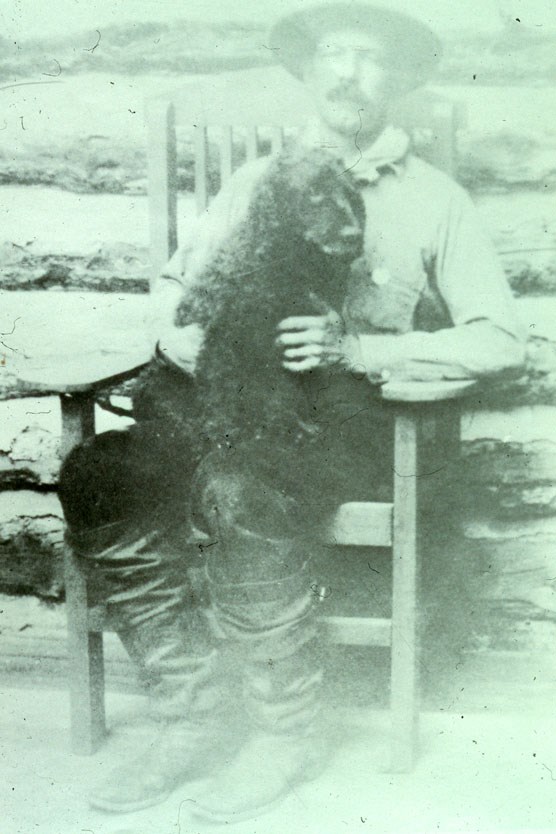
D. Cory Around the turn of the 20th century, Grosvener W. Barry chanced upon Trail Creek Valley and liked what he saw. After deciding to stay, he built a cabin and several other buildings from the dead timber on one side of the canyon. (As the story goes, years before, a prospector had set fire to a bush in order to exterminate a rattlesnake, and the fire got out of hand.) Barry's wife Edith and Claude St. John, her son by a previous marriage, joined him at the ranch. Living on the Dryhead Stock was sold in the first two of these companies. He was able to raise $50,000 ($2.1 million in 2008 terms) from officials of U.S. Steel enough to purchase, ship, and assemble a huge dredge on the Bighorn River at the mouth of Trail Creek. The dredge never recovered enough gold to even pay for its operation. Cedarvale Dude Ranch Eventually "dudes" would come from as far away as Maine and Texas to experience the great outdoors in the Trail Creek Valley. During World War I dude ranching business was slow, but was revived in the 1920's. Barry also formed the Big Horn Motor Boat Company. He had a fleet of six motorboats. These transported vacationers arriving by railroad at the nearby town of Kane, Wyoming down the river, across the Montana stateline, and to the Cedarvale Dude Ranch. A Lasting Legacy Today Barry's Landing, one of the main boat ramps in the park, is named for Doc Barry. Barry is credited as the first person to exploit the recreational potential of the Bighorn Canyon area. Over 200,000 people now come to Bighorn Canyon for recreational purposes, experiencing Doc Barry's vision first hand. |
Last updated: February 24, 2015
